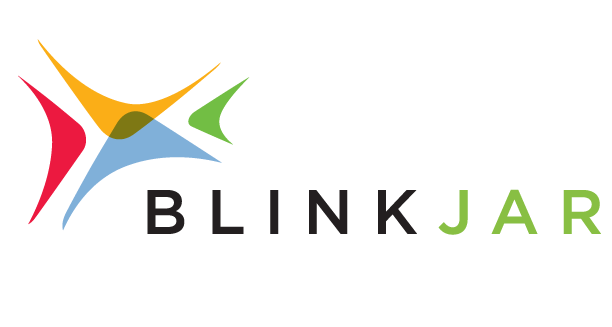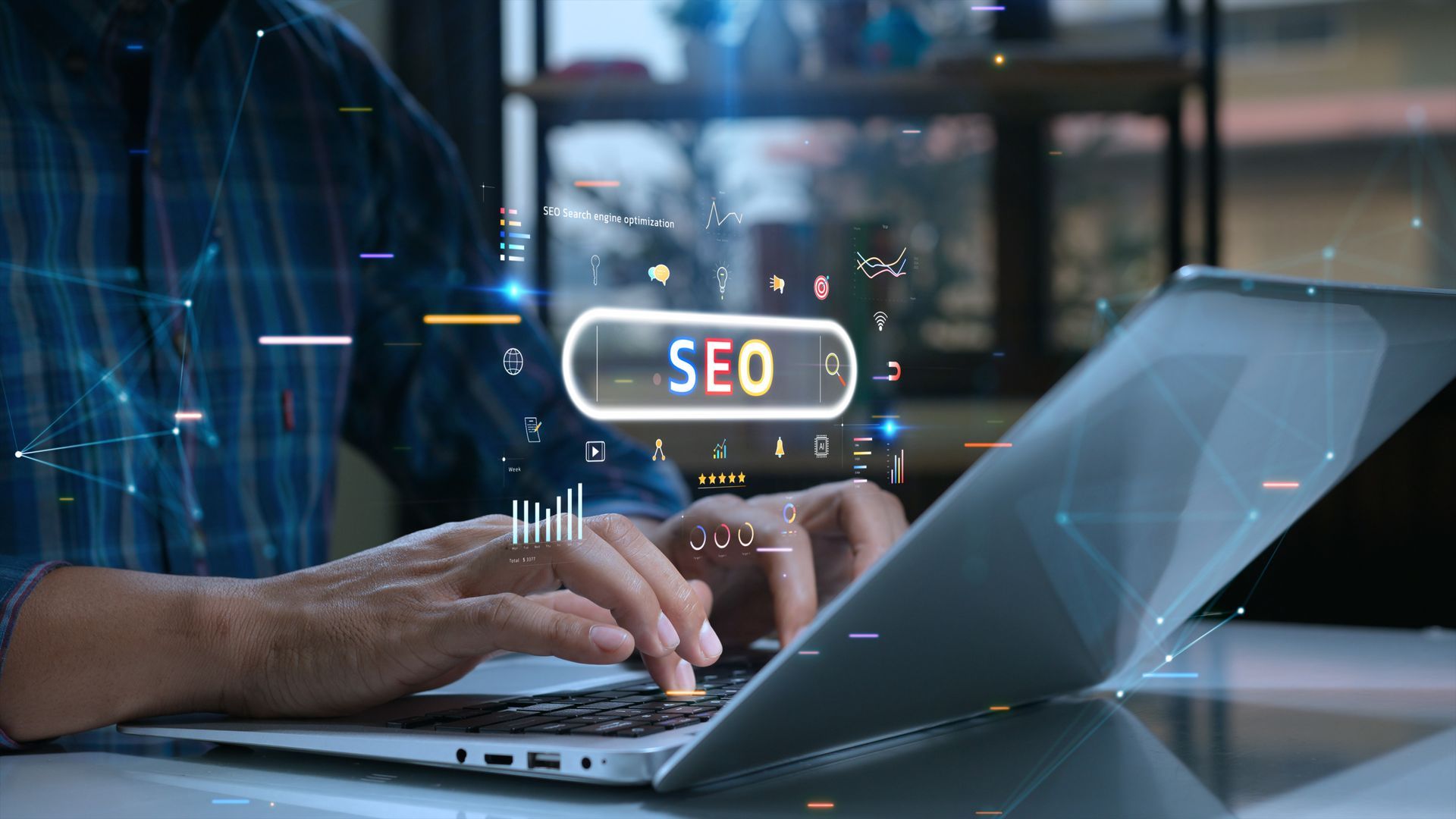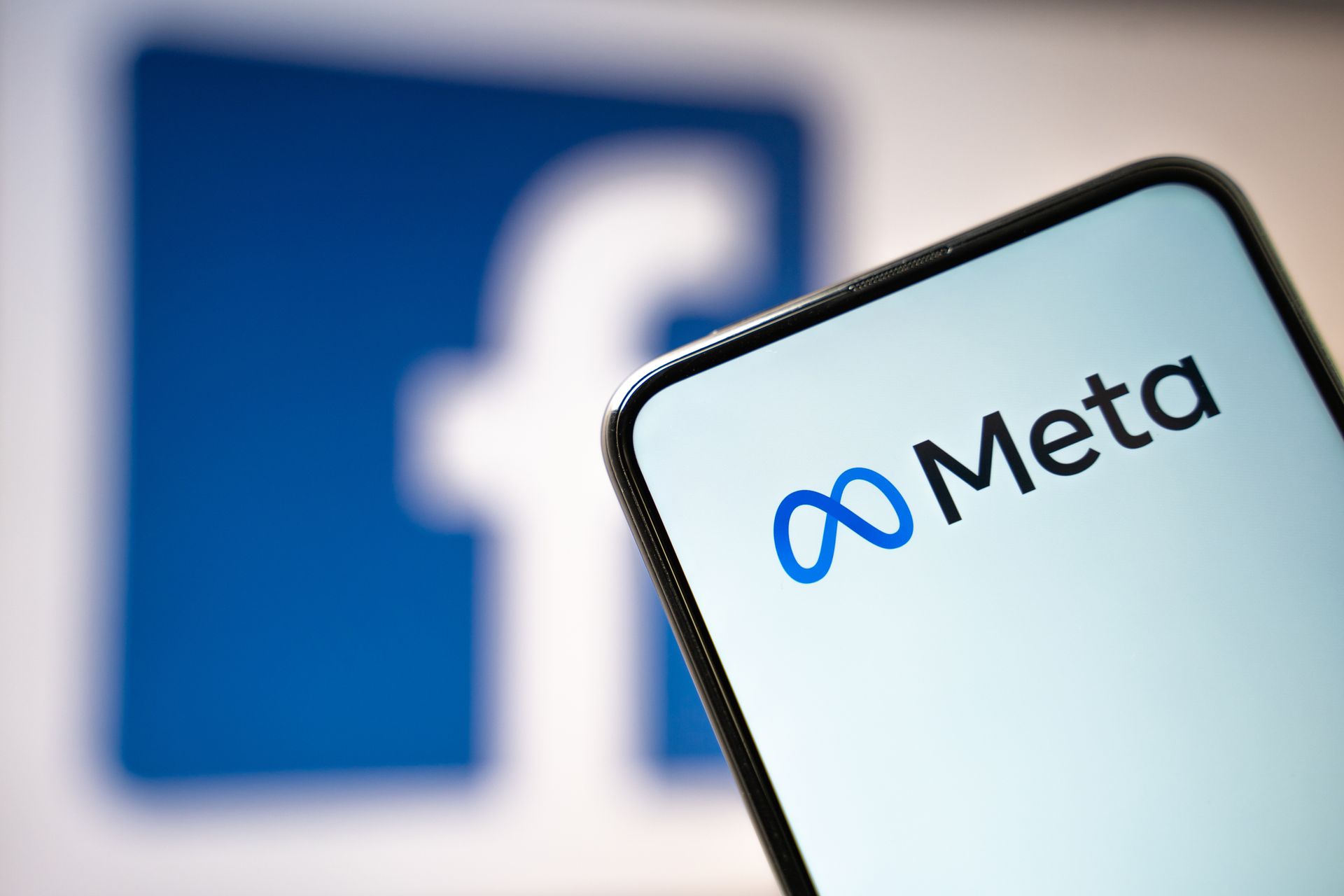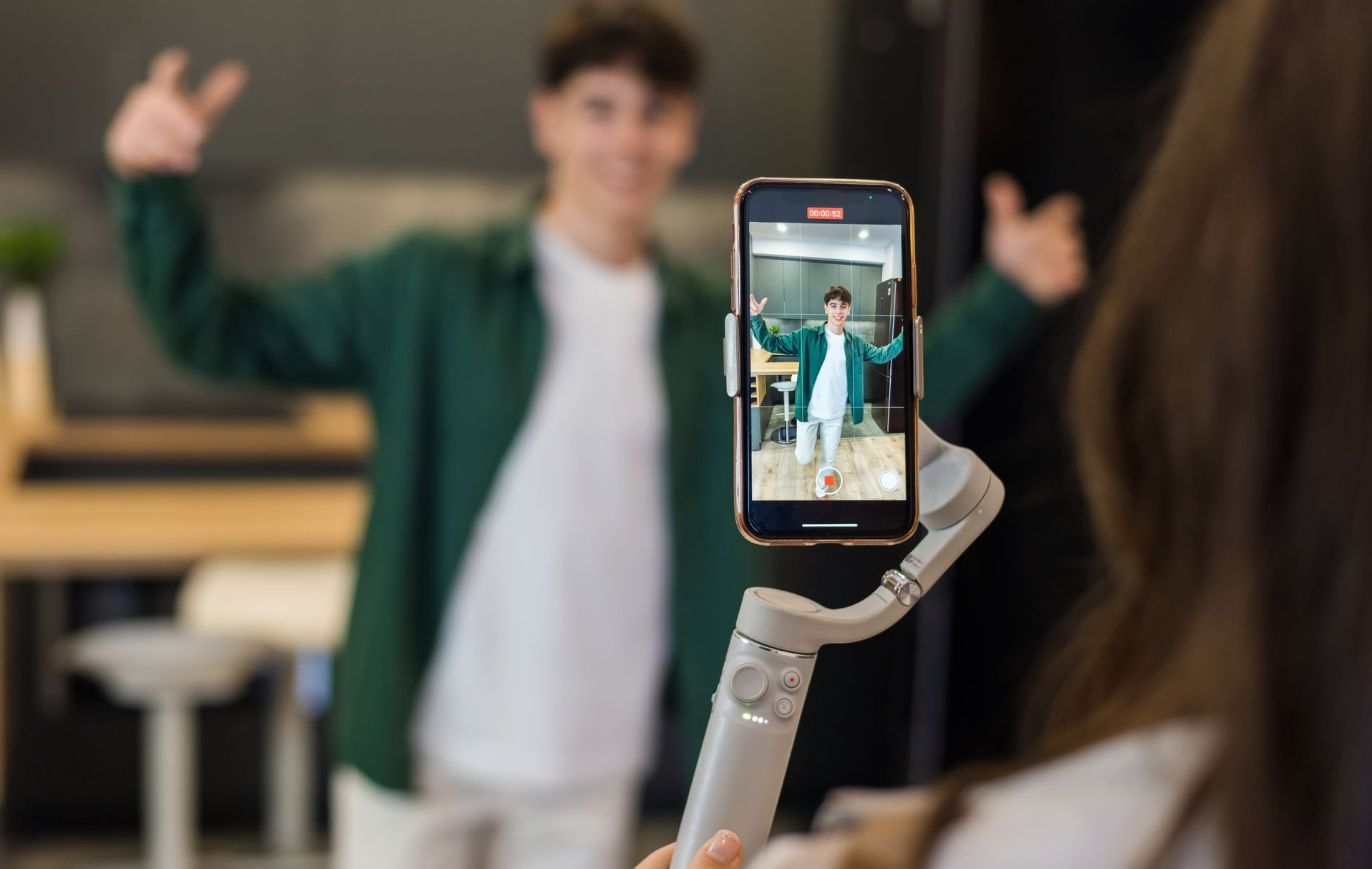Facebook Ads vs. Boosted Posts: Which is Right for Your Social Media Strategy?
Social media advertising has become an integral component of every marketing budget if not a requisite. I'm engaged in launching fresh Facebook ad campaigns, amplifying posts, and overseeing the performance of ongoing ads daily. A common question is whether to use Facebook ads or boosted posts. Making the correct choice comes down to two main things: your goals and your budget. Both options have their merits, so it's worth trying to see which works best for your marketing goals.
Take Our Mom's Restaurant and Bar, recently crowned with the prestigious title of Best Burger for the 12th consecutive year. We aim to broadcast this achievement to the widest audience possible, primarily to raise awareness. There's no immediate call to action, such as downloading a menu or placing an order (although these options are available). Given this emphasis on awareness and a smaller budget for this campaign, I opted to boost the post rather than initiate a standalone Facebook ad campaign. It's important to note that, in complete transparency, we implement both Facebook ads and boosted posts for this particular client.
DOWNLOAD SALES CAMPAIGN BEST PRACTICES CHECKLIST
On the other hand, we're currently running advertisements for a one-page web design service at BlinkJar. The effectiveness of these ads largely hinges on reaching the right audience. Unlike the branding ad mentioned earlier, our goal is to focus on a more specific and narrower target group: small business owners and startups with limited budgets. This targeted approach minimizes both unnecessary clicks and needless expenditures.
At BlinkJar, we recommend a well-rounded approach to all our clients, advising them to allocate a budget for both options. Suppose you're interested in optimizing your existing Facebook campaigns. In that case, it's essential to understand the key differences between Facebook ads and boosted posts and recognize the significant impact of budget allocation in enhancing your social media strategy.
Three Benefits of Facebook Ads
- Targeting Precision: Facebook ads provide an extensive range of targeting options, allowing you to define your audience based on demographics, interests, behaviors, and more. This precision ensures that your content reaches the right people.
- Ad Formats: With Facebook ads, you can choose from various ad formats, including image ads, video ads, carousel ads, and more. This flexibility enables you to craft highly engaging and visually appealing content.
- Advanced Metrics: Facebook's Ads Manager offers detailed insights into your ad performance. You can track metrics such as click-through rate, conversion rate, and cost per conversion, allowing you to measure your marketing ROI accurately.
What are the drawbacks of Facebook ads?
- Cost: While Facebook ads can deliver excellent results, they may require a more significant budget than boosting posts. Costs can add up quickly, especially if you're targeting a broad audience or running campaigns frequently.
- Learning Curve: Mastering Facebook Ads Manager and understanding its various features can be time-consuming. It may take some trial and error to optimize your ad campaigns effectively.
Three Benefits of Boosted Facebook Posts
- Ease of Use: Boosting a post is a straightforward process. You select an existing post from your page and choose your target audience, budget, and duration. This simplicity makes it accessible to beginners.
- Quick Visibility: Boosted posts provide immediate visibility to a broader audience. They can help your content reach a more extensive and relevant audience faster than organic reach alone.
- Engagement and Social Proof: When a boosted post garners engagement (likes, comments, shares), it can create a sense of social proof, making your content appear more credible and trustworthy. Boosting an organic post can gain traction, reaching a wider audience and driving more engagement.
What are the Drawbacks of Boosted Facebook Posts?
- Limited Targeting: Boosted posts offer less advanced targeting than Facebook ads. While you can select some basic demographics and interests, you have less control over audience segmentation.
- Limited Ad Formats: Boosted posts primarily use the same format as the original post. While this maintains the organic feel of the content, it limits your ability to use more diverse ad formats.
Need help deciding between Facebook ads or boosted posts for your social media strategy? Don't hesitate any longer – pick one and give it a shot! Just remember, use audience targeting, or you'll burn through your budget way too fast!
At BlinkJar, we're all about harnessing the strengths of both options to supercharge your impact. Facebook ads let you pinpoint your audience and track your ROI using advanced metrics. Meanwhile, boosted posts provide instant visibility and engagement, building social proof to bolster your credibility. Integrating both approaches based on your objectives and budget enables you to craft a holistic and effective social media strategy that drives results. Don't hold back – tap into the potential of Facebook ads and boosted posts to elevate your social media game. And if you'd rather leave the heavy lifting to us, give us a shout – we've got you covered!



